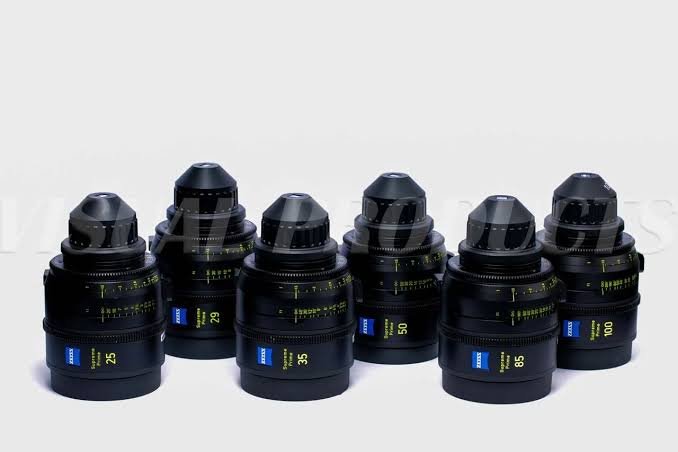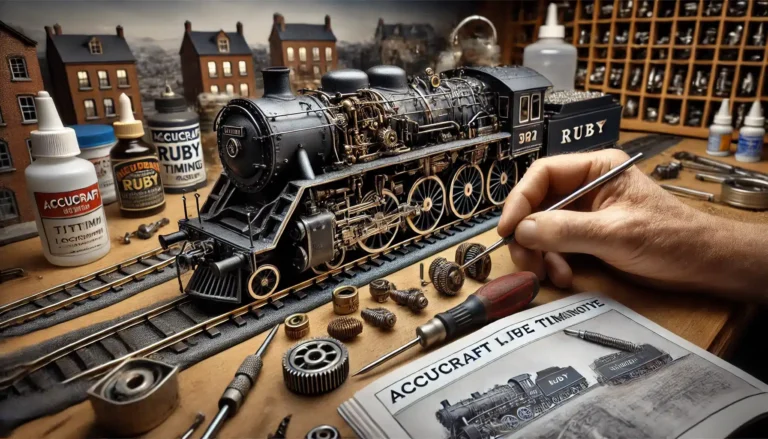
Introduction
When it comes to telling a story that grabs attention and holds it, a storyboard can make all the difference. Enter the Ashley Ann Tahigan Storyboard Guide, a comprehensive roadmap that simplifies the art of visual storytelling. If you’re new to storyboarding or looking to polish your skills, this guide can provide the tools and strategies you need to bring your ideas to life, helping you map out everything from camera angles to character emotions with ease.
In this blog post, we’ll break down what makes the Ashley Ann Tahigan Storyboard Guide a valuable resource. We’ll cover why storyboarding is essential, the steps in Tahigan’s process, and how you can use this guide to improve your creative projects. Whether you’re working on a film, a presentation, or a social media campaign, mastering storyboarding with Ashley Ann Tahigan’s approach will save you time and elevate your storytelling skills.
What is the Ashley Ann Tahigan Storyboard Guide?
Ashley Ann Tahigan’s Storyboard Guide is a step-by-step method focused on teaching both beginners and experienced creators the fundamentals of visual storytelling. By breaking down complex processes into easy-to-follow instructions, Tahigan’s guide helps users create cohesive and engaging narratives. The guide has gained popularity for its hands-on advice on translating ideas into a visual sequence, making it accessible for anyone looking to bring a story to life.
Why Storyboarding Matters in Visual Storytelling
A storyboard is more than just a series of images. It’s the blueprint for your entire project, showing the sequence of events, camera perspectives, and visual dynamics that define the viewer’s experience. Here’s why storyboarding is crucial:
- Improves Clarity and Flow: Storyboards provide a clear, organized structure, which helps in planning every aspect of your project.
- Saves Time and Resources: By visualizing each scene, you can avoid unnecessary revisions, saving both time and resources.
- Enhances Communication: When working with a team, a storyboard ensures everyone is on the same page.
- Brings Ideas to Life: Storyboards help turn abstract ideas into visual reality, making it easier to see if your concept works before production.
Key Elements of the Ashley Ann Tahigan Storyboard Guide
The Ashley Ann Tahigan Storyboard Guide stands out because of its attention to detail and practical approach. Here’s a closer look at the guide’s main components:
1. Script Breakdown
The first step in Tahigan’s process is to break down your script. This means identifying the main scenes, key moments, and emotions that need to be visualized. Tahigan suggests annotating each part of the script to decide what visuals are necessary for each segment.
2. Shot List Creation
Creating a shot list is where you decide the types of shots you’ll need for each scene, from wide shots to close-ups. This list acts as a reference point for the storyboard, helping you to stay organized and focused. Tahigan emphasizes thinking about the viewer’s perspective here—how do you want them to feel in each shot?
3. Setting Up the Frame
A unique feature of Tahigan’s guide is the focus on framing and composition. Here, she explains how different framing styles can impact the tone and message of a scene. Learning how to frame your shots helps enhance the storytelling process, ensuring each visual has purpose.
4. Emphasizing Character Emotion and Movement
One of the biggest challenges in storyboarding is capturing emotion and movement. Tahigan’s guide includes helpful tips on portraying emotion through character poses, facial expressions, and interactions. Movement lines, exaggerated expressions, and carefully chosen perspectives are some techniques she suggests to keep scenes dynamic and engaging.
5. Sequencing and Continuity
For a storyboard to make sense, the sequence must be clear and coherent. Tahigan’s guide focuses on arranging scenes in a way that flows naturally. This sequencing includes continuity between scenes, such as maintaining consistent lighting, character positioning, and camera angles.
6. Adding Visual Notes and Annotations
Sometimes, what’s in your head doesn’t translate perfectly on paper. Tahigan recommends using annotations alongside your visuals to clarify specific details, such as camera movement or lighting effects. These notes can also help if someone else takes over part of the project, ensuring they understand your vision.
Tips for Using the Ashley Ann Tahigan Storyboard Guide Effectively
Here are some practical ways to maximize your results with Tahigan’s guide:
- Start Simple: Don’t worry about creating perfect illustrations—stick figures work just fine for rough storyboards!
- Experiment with Angles: Try different camera angles and compositions for each shot to see which works best.
- Keep it Flexible: Remember that storyboarding is a draft process. Adjust and adapt your storyboard as needed.
- Get Feedback: Share your storyboard with others for input. Fresh eyes often catch things you might overlook.
- Use Digital Tools: If drawing by hand feels limiting, consider using digital tools or apps that allow you to edit and rearrange your storyboard scenes easily.
Conclusion
The Ashley Ann Tahigan Storyboard Guide is a valuable resource for anyone serious about visual storytelling. From structuring your scenes to adding emotional depth, this guide takes the mystery out of storyboarding, allowing you to bring your ideas to life effectively. By following Tahigan’s structured approach, you’ll be better equipped to handle projects of all sizes, ensuring that every scene you create adds value to the story.
Whether you’re a budding filmmaker, a marketer, or an educator, mastering storyboarding with the Ashley Ann Tahigan guide can enhance your visual projects, streamline production, and help your ideas make a lasting impact.
FAQs
1. What’s the main benefit of the Ashley Ann Tahigan Storyboard Guide?
The main benefit is its structured approach, which breaks down the complexities of storyboarding into manageable steps. This makes it accessible for beginners and useful for professionals looking for a refresher.
2. Do I need artistic skills to use this guide?
Not at all! The guide encourages using simple sketches and symbols, so you don’t need advanced drawing skills to create an effective storyboard.
3. Can I apply this guide to non-film projects?
Yes! This storyboard guide is versatile and can be used in marketing campaigns, educational presentations, animations, and more.
4. How long does it take to complete a storyboard using this guide?
The time depends on the project’s complexity, but Tahigan’s structured approach generally speeds up the process by focusing on the essentials first.
5. Are there digital tools recommended in the guide?
While Tahigan’s guide can be used with traditional pen and paper, it also works well with digital tools like Storyboarder, Canva, and Adobe Illustrator, which can make the process smoother.
6. How can storyboarding help with team projects?
Storyboarding provides a clear visual reference, ensuring everyone understands the project’s vision and sequence. This is invaluable for team-based projects, as it keeps communication clear and consistent.







